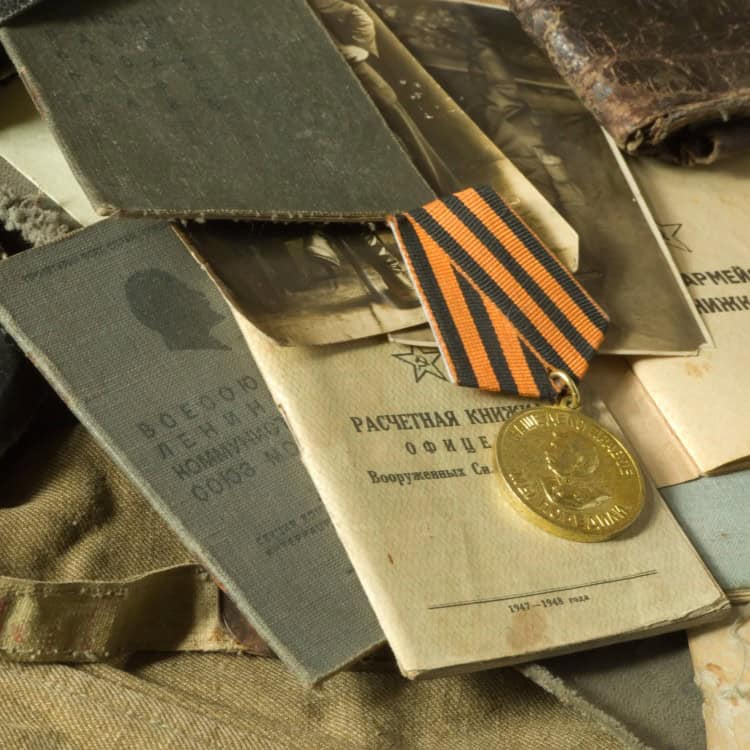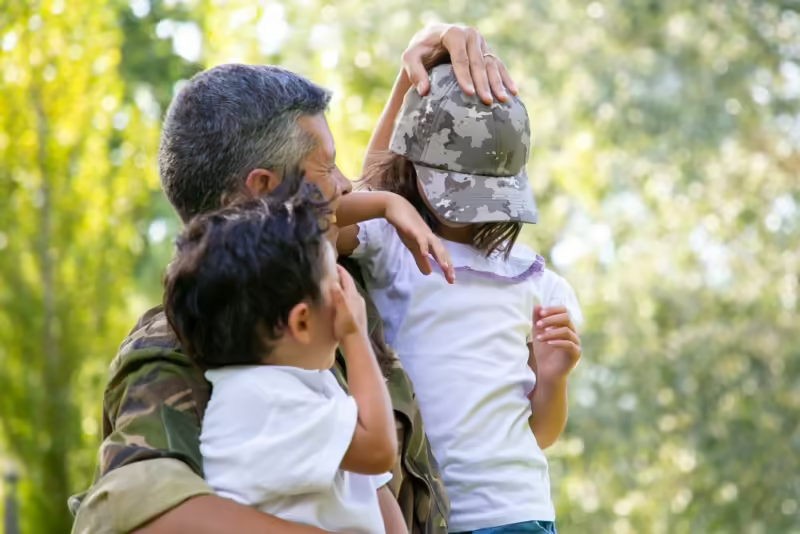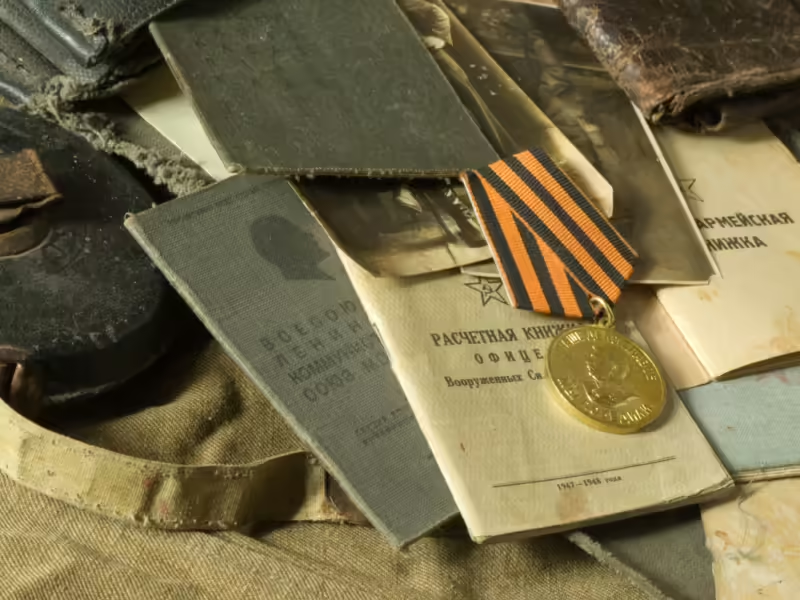When we reflect on our family histories, some of the most powerful stories often come from those who served in the military. Veterans carry with them unique experiences of courage, sacrifice, and resilience, which become an important part of a family’s heritage. Preserving these stories not only honors our loved ones but also connects generations, helping younger family members understand the sacrifices that shaped their family’s journey.
This article will explore the importance of family military heritage and share practical tips for capturing, preserving, and sharing these meaningful stories.
So, why wait? Continue reading!
The Importance of Family Military Heritage
A family’s military heritage is about more than names, dates, and ranks—it’s about safeguarding memories and values. Veterans’ stories provide firsthand perspectives on historical events, offering insights that go beyond what’s found in textbooks.
For younger generations, hearing these accounts creates a living connection to history, sparking a sense of pride and resilience. Knowing that a family member played a part in history can foster a deep appreciation for freedom and sacrifice, strengthening family bonds and carrying forward values of courage, respect, and honor for generations to come.
Ways to Capture and Preserve Veteran Stories
As families begin the process of preserving military heritage, there are multiple ways to capture these stories meaningfully. Each method allows veterans to share their experiences in ways that feel comfortable and respectful, ensuring their voices are accurately heard and remembered. Below, we explore a few effective ways to preserve these stories.
1. Written Memoirs
Creating a written memoir is one of the most meaningful ways to preserve a veteran’s story. Memoirs allow veterans to reflect deeply, sharing personal memories and insights in their own words. They can be written by the veteran or with the help of a family member who documents their experiences. Some families compile these accounts into a book for future generations to cherish.
In these memoirs, veterans can recount stories from their time in service or might share vivid memories from the battlefield. Veterans can also reflect on their journey after service, including their efforts to adjust to civilian life and, if applicable, the support they received from organizations like the WWP (Wounded Warrior Project ) or other veteran support programs.
Also, with the help of some online platforms, preserving these stories has become even easier. Their services guide veterans throughout the process, offering tools for writing, editing, and even printing these cherished memories.
2. Oral Histories
Another effective way to capture veterans’ stories is through oral histories. In these sessions, simple questions are being asked of the veterans, letting the conversation flow naturally. This can be done informally at home, using a voice recorder, or even a smartphone. By preserving their voices, oral histories allow families to experience the stories in an intimate and immediate way.
3. Video Interviews
If possible, video interviews offer an even more personal way to preserve a veteran’s story. With video, families capture not only the voice but also the facial expressions, gestures, and body language of the veteran. This visual record helps future generations experience the stories in a way that feels as if they are sitting in the room with the storyteller. These can be as simple or professional as families prefer, using either a smartphone or a professional camera.
Creating a Family Archive of Military Artifacts
In addition to preserving stories, creating a family archive of military artifacts is a wonderful way to honor a veteran’s service. This archive can include uniforms, medals, photographs, letters, and any other memorabilia that tells a part of their story. These items add depth to the stories by giving a tangible connection to the past, letting family members see and feel the physical symbols of their loved one’s service.
To preserve these artifacts, consider investing in archival-quality storage solutions, such as acid-free boxes for letters or special frames for medals and photographs. You might also want to digitize photos and documents to create a backup that can be shared with family members or stored online for added preservation. Some families choose to dedicate a small area in their home, such as a bookshelf or display cabinet, to showcase these items as a tribute.
Conclusion
Preserving a family’s military heritage is an invaluable gift for current and future generations. Taking the time to preserve these memories is a way of ensuring that the courage, resilience, and dedication of our veterans are never forgotten. So, gather your loved ones, start the conversation, and create a lasting tribute for your family’s legacy for years to come.



